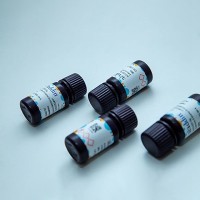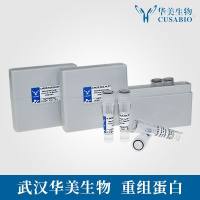Gene indices with many thousands of entries have been constructed by tag sequencing of randomly selected cDNA clones (
1
–
7
) and are widely available in repositories, such as the dbEST database (
16
). As more and more genes are identified, efforts are redirected towards understanding the control of gene expression that occurs in a strictly ordered time and cell-dependent fashion. Expression measurements often constitute a first step in this direction, and can be performed on a reasonably large scale using highly parallel hybridization methods. Hybridization methods, using complex probes and large arrays of targets, derive their power from the fact that each individual experiment provides a very large amount of information. Unrivaled for large-scale measurement of gene expression, these methods are based on the hybridization of complex probes with high-density colony cDNA (or PCR product) filters followed by quantitative measurement of the amount of hybridized probe on each colony. There are three key elements indispensable for accomplishing this task: the robot (for spotting colonies), the phosphoimager (for analyzing exposure), and the image analysis software (Fig. 1 ).






